The Independent's journalism is supported by our readers. When you purchase through links on our site, we may earn commission.
‘It’s going to be carnage’: The true risks of legalising cannabis
The effects and possible pitfalls of cannabis being available for prescription are not yet known, explains Berenice Langdon, but that hasn’t stopped patients from accessing the drug at their own risk

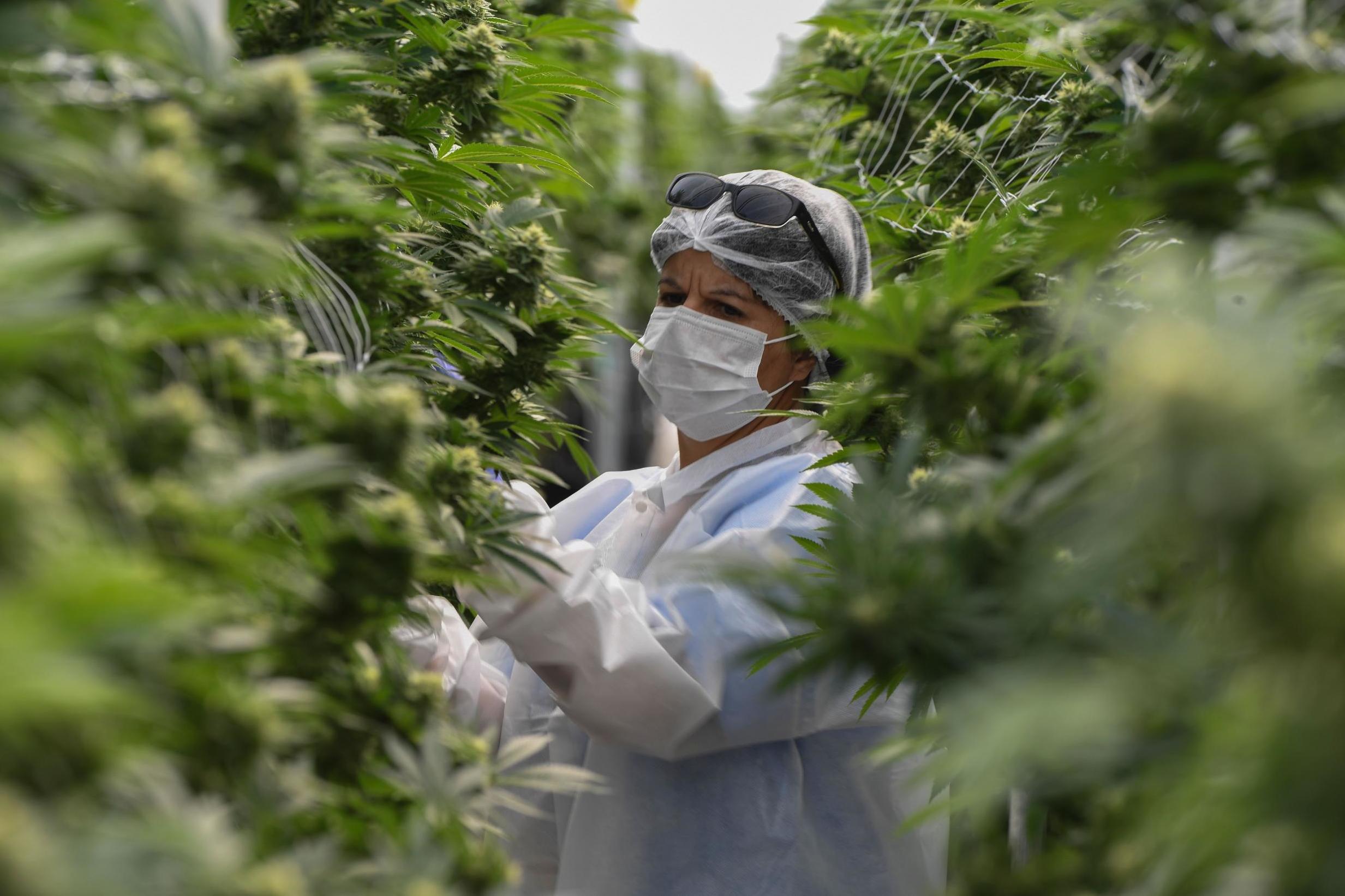
I’m sorry, I can’t pretend to ignore this.” It is the second time my colleague, a palliative care consultant, has had to deal with a stash of cannabis in a patient’s bedside locker. “Either you need to phone someone at home to come and pick it up or we will need to contact the police and ask them to deal with it.”
The patient, a young man admitted with cancer to the hospice is freaked out. “I can’t call my mum about this she’ll kill me. Please could you tell the police?”
Illegal cannabis use for medical conditions is so widespread and so widely accepted that people now think it’s OK to bring marijuana with them into a palliative care ward.
Doctors are being blamed for not prescribing cannabis freely on the NHS and have been accused of putting up barriers to patients trying to access it. According to The Times, nearly a quarter of a million people with arthritis, cancer and multiple sclerosis are being “forced” to buy cannabis illegally to treat their symptoms.
Nobody is talking about the harm cannabis causes, particularly the high risk of psychosis and schizophrenia. All everyone seems to see is the golden hope of “medicinal” cannabis, dangled in front of them and then cruelly snatched away by an incompetent medical profession.
However, the fact that lots of people want to take cannabis, as The Times describes, is not actually evidence that they should have it, nor is it evidence that cannabis works for these conditions. When in 2018 home secretary Sajid Javid ruled that cannabis-derived medicinal products should be changed to Schedule 2 (meaning that it could now be prescribed), he leapt ahead of the evidence, the guidelines and the drug production, causing patients’ high expectations of prescribed cannabis to come crashing to the ground.
Epidiolex, specifically tested as a treatment for severe epilepsy in children – and in fact the condition that drove the change in legislation – was finally given the go-ahead by NICE in November, a full 18 months after the Schedule 2 change. The drug, a form of cannabidiol (CBD), the non-psychoactive part of cannabis, is only to be used in very restricted circumstances.
Similarly Sativex, for treatment-resistant spasticity in multiple sclerosis, was also agreed by NICE in November, again with very strict limitations and only after the drug company was forced to reduce the price in order to make the cost-benefit ratio adequate. Sativex contains THC, known to be psychoactive (its synthetic version is Dronabinol) and CBD.
It has a lot of side effects. It can cause nausea, diarrhoea, sleepiness. It can interact with a lot of medicines and lead to overdosage of normal painkillers which then don’t get passed through the body properly. But the saddest thing is people are taking it because they have been told it can cure cancer, just any cancer
“Raw” cannabis also comes under “medicinal products” but since there is no good evidence to support it, no available regulated formulation and a high risk of addiction, NHS clinicians – even specialist ones – are not rushing to prescribe it.
Private clinics are prescribing it and presumably sticking to the rules, that it should be for an “unmet clinical need”, it should only be administered for a month at a time and only prescribed by a clinician skilled in that area. Private consultations cost money, as do the private monthly prescriptions. According to NHS England controlled drug accountable officers,11 patients were prescribed it in 2018.
Many people don’t necessarily take these carefully researched limitations seriously and are self-prescribing cannabis illegally for all sorts of medical conditions. The list of illnesses that cannabis is used for is growing daily and includes diseases as diverse as cancer, Parkinson’s disease, PTSD and chronic pain.
One of the most widely assumed facts about cannabis is that it helps chronic pain. But all the research suggests that it doesn’t, showing an average improvement of only 0.4 points on a pain scale of 1-10 with side effects outweighing the benefits. Most people will find it ridiculous to suggest that cannabis would not help pain but in fact this is consistent with an accumulation of evidence for other painkillers that shows that none of them, from paracetamol to strong opioids, effectively treat long-term chronic pain. NICE guidance looked at the evidence and firmly states that cannabis-derived medicines for chronic pain are not recommended.
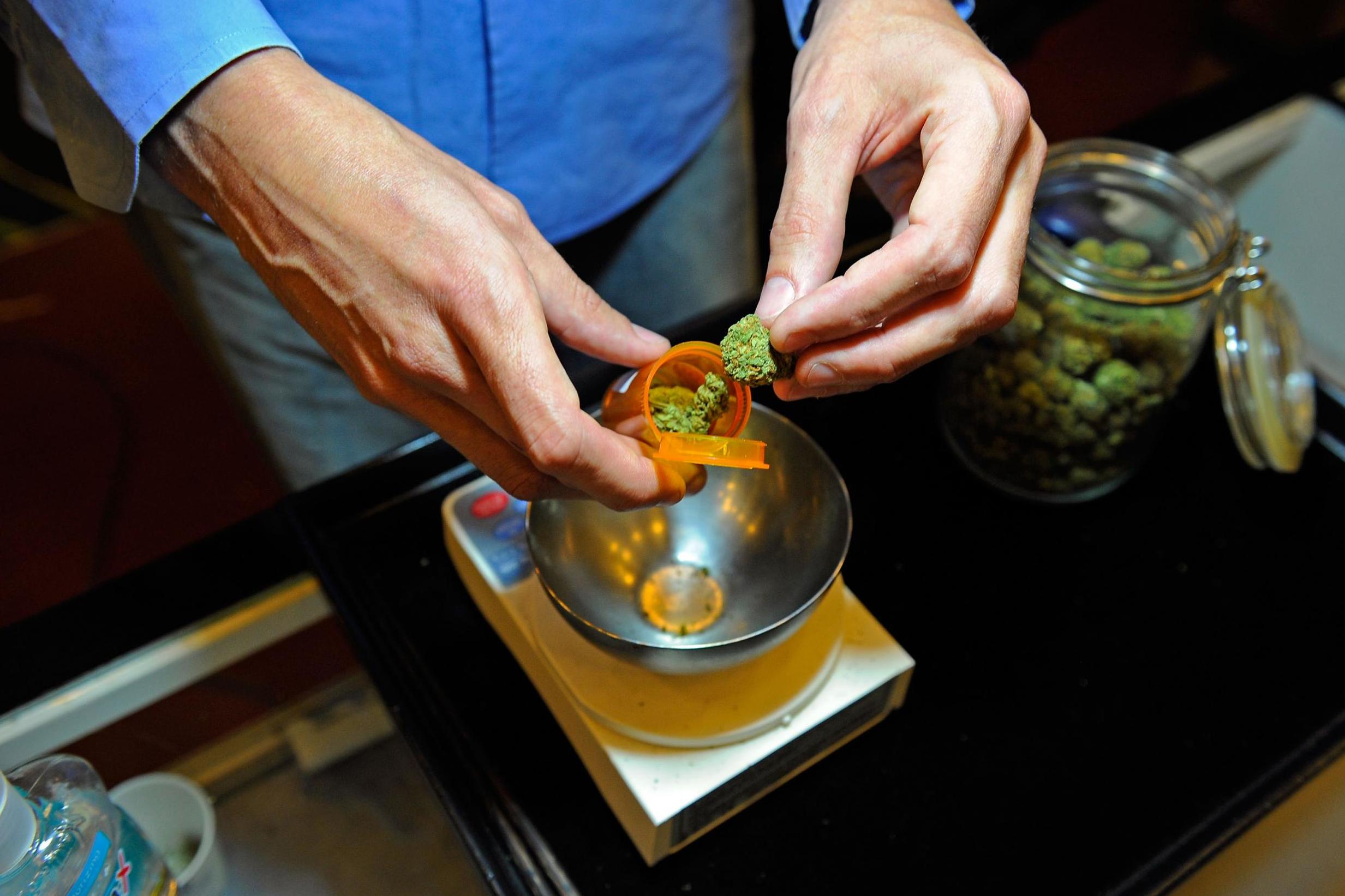
Shrugging off all this evidence, we still have an enduring hope that if we could just find the exact right chemical, it will cure us. And among other hopes, CBD, another cannabis-derived product, appears to be the latest hope for cancer. It is being promoted as a cure for any solid tumour.
There are trials in lung, breast, nerve and liver tumours, but only on mice and rats, with some dating as far back as 1975. These studies speculate on the possible anti-tumour effects of CBD and THC. There are, however, no ongoing trials on humans, and just one very small trial published in 2006, based on nine patients, which showed no effect when THC was injected into their glioblastoma tumours.
But many patients with cancer feel obliged to take CBD orally “just in case”. A problem not helped by the retired BBC presenter Bill Turnbull, who has prostate cancer. He was persuaded to dose himself with cannabidiol oil on TV, arguing: “Its legal, to a greater or lesser extent, for medicinal purposes in more than 20 countries... and I think we should be one of them.”
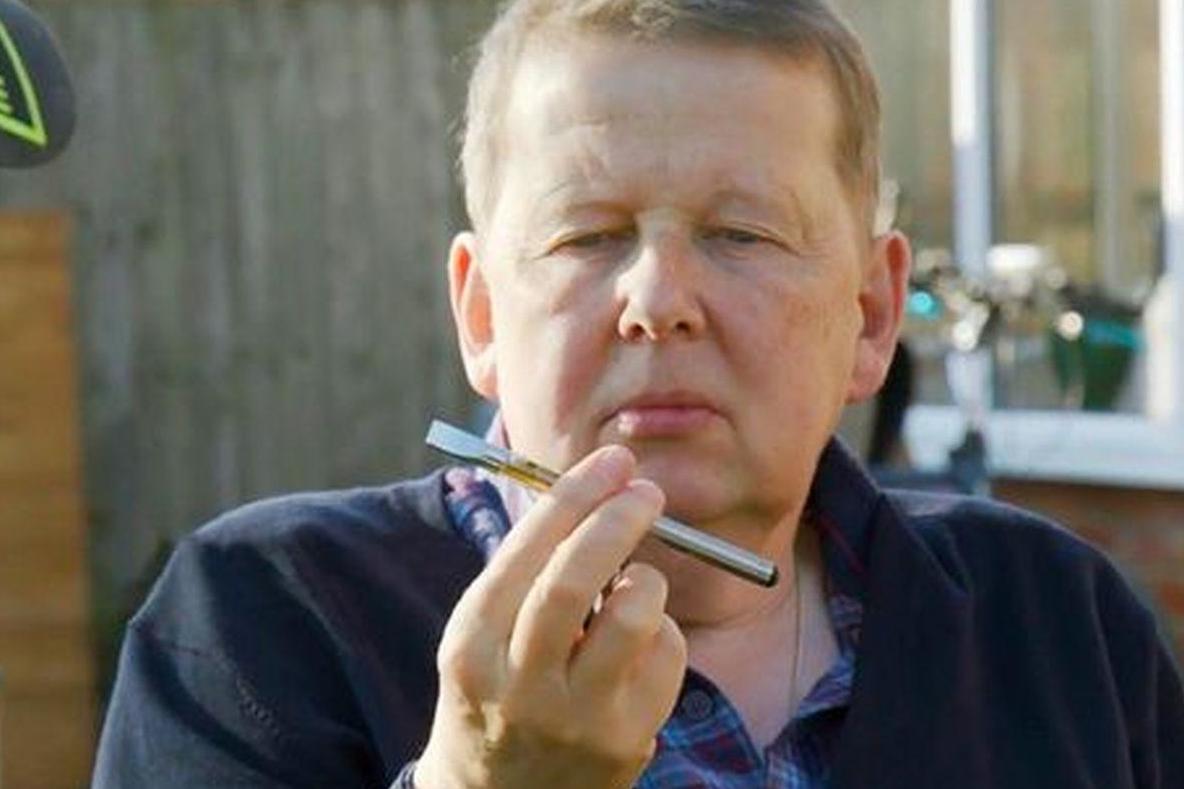
CBD for medicinal purposes actually falls between camps. It is not really a food and yet it is being promoted as a food supplement with many unsubstantiated claims to health. Neither is it classified as a drug because no one wants to pay for the proper trials and prove that it has a proven health effect.
CBD is now found in oils, tinctures and vaporisation liquids and is being added to health drinks, cosmetics and foods in supermarkets everywhere. CBD oil is about £10 for 10ml, but who knows what the right dose is or even what is contained in a bottle? An analysis of 84 branded CBD products, found everywhere in shops or on the internet, showed the concentration of CBD in these oils and tinctures ranged anywhere between 0.10mg per ml to 655.27mg per ml. THC (the psychoactive part) was detected unexpectedly in 18 of the samples tested.
It is not really a food and yet it is being promoted as a food supplement with many unsubstantiated claims to health. Neither is it classified as a drug because no one wants to pay for the proper trials and prove that it has a proven health effect
As my palliative care colleague explained: “My cancer patients are all taking CBD. It has a lot of side effects. It can cause nausea, diarrhoea, sleepiness. It can interact with a lot of medicines and lead to overdosage of normal painkillers which then don’t get passed through the body properly. But the saddest thing is people are taking it because they have been told it can cure cancer, just any cancer.”
Whether taking cannabis-derived medicinal products helps the many conditions they are being used for may never be properly proved. But what is absolutely clear is that taking cannabis either “medically” or recreationally can cause severe harm and addiction. In particular, there is strong evidence that cannabis causes psychosis.
Research in 2019 published in The Lancet based on 900 patients with a first presentation of psychosis showed a 3.2 increased odds ratio (OR) of a psychotic disorder if patients had used cannabis daily, compared to those who didn’t use it at all. If high potency cannabis was taken into account, the OR was even greater at 4.8. The analysis showed that if high potency cannabis was no longer available, 50 per cent of cases of first episode psychosis in Amsterdam and 30 per cent in London could be prevented.
If we are genuinely concerned about mental health in the UK then surely we should be doing something about this cannabis-psychosis link; raising awareness of the issue, or making it socially unacceptable to smoke high-potency cannabis such as spice in the streets and playgrounds of our cities.
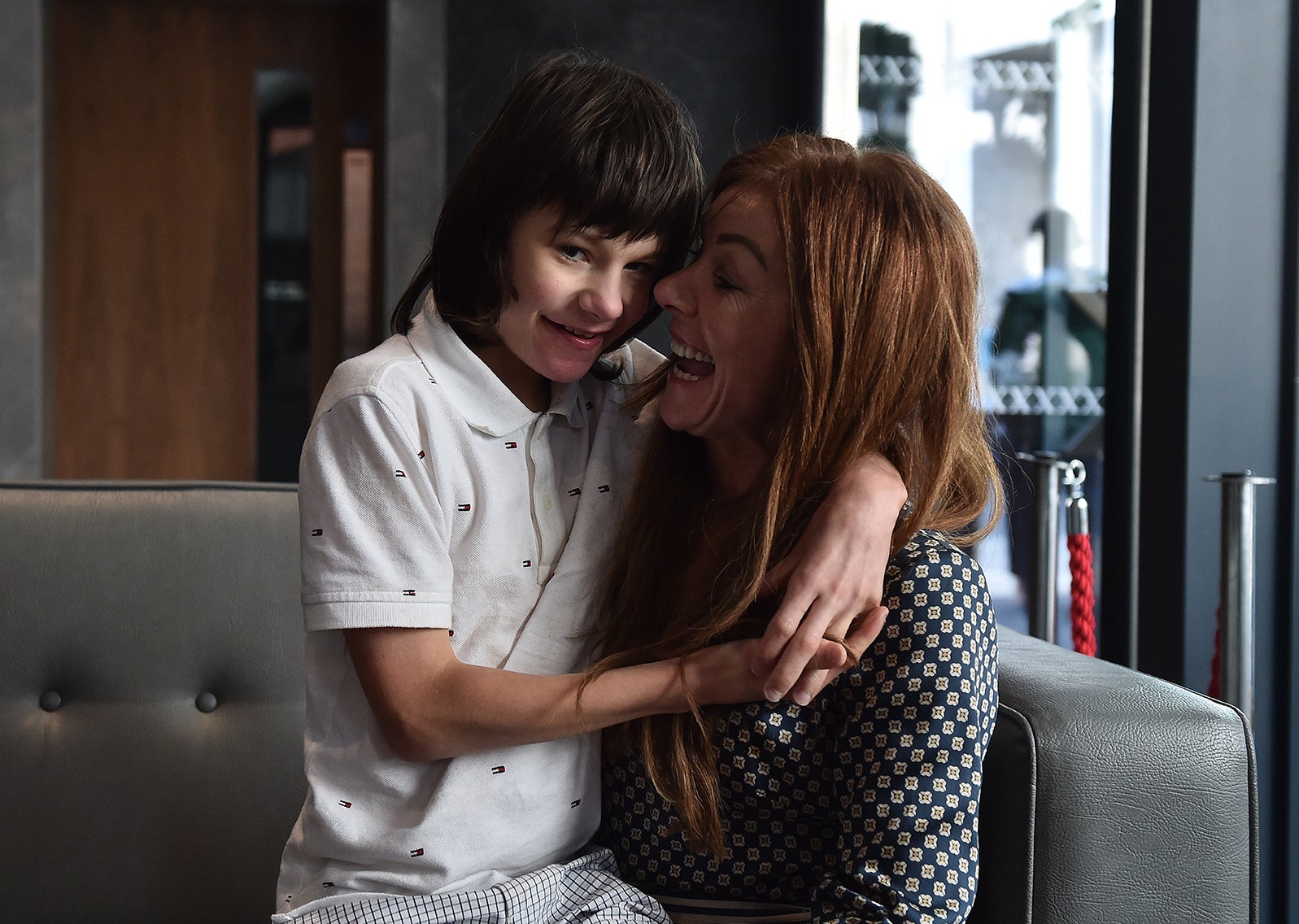
And as well as causing psychosis, cannabis use also increases the risk of attempted suicide. JAMA Psychiatry published a meta-analysis of 11 studies based on 23,317 individuals and found that those who had used cannabis as young adults had a marked increased risk of attempted suicide (OR 3.46) compared to non-users.
To add insult to injury, in countries where cannabis has been legalised for “medical reasons” there has also been an observed increase in opioid deaths. The catastrophic increase in prescription opioid deaths in America from the opioid crisis, of eight deaths per 100,000 in 2015 to 13 deaths in 100,000 today is even higher in the District of Columbia which legalised medical marijuana in 2015. The deaths there are now 18 per 100,000, a 52 per cent increase compared to jurisdictions without legalised medical cannabis and continuing to diverge; overturning false hopes that using cannabis as a painkiller might be safer and reduce opioid deaths.
Even worse, due to the unprecedented rates of prescription opioid addiction (caused as we know by doctors over-prescribing opioids), doctors in America have tried prescribing cannabis in order to “treat” opioid addiction.
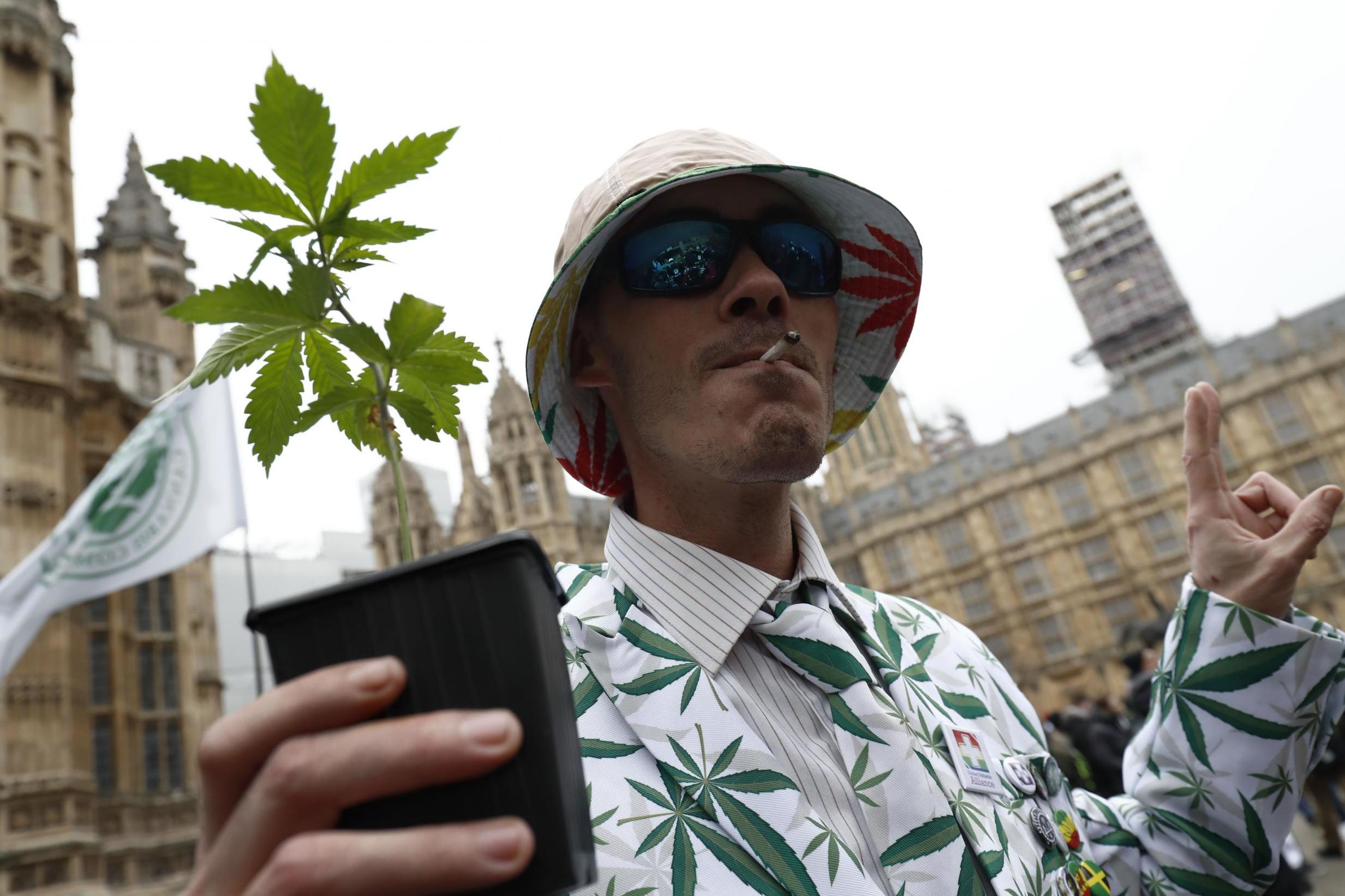
Prescribing addictive things to “treat” addictive conditions has a long history among medical professionals. Morphine has been used as a “cure” for alcoholism, cocaine as a cure for morphine addiction and heroin as a cure for cocaine addiction. To start suggesting that cannabis would be a cure for prescription opioid addiction is disastrous, and shows desperation, but is hardly an atypical response.
Over-prescription of opioids, sleeping tablets and all sorts of experimental drugs has been observed by doctors left picking up the pieces for generations.
“Many physicians who have chronic or painful conditions to meet in practice, and who prescribe narcotics for relief, do not seem to realise the danger of addiction, and the fact that the final state of the addict with disease is more aggravated than if narcotics were never prescribed or were used most sparingly. The result is that about one-half of the addicts reported to us are diseased persons. We consider them victims of poor therapeutics.” This is a quote from a doctor working in 1919 for the Department of Health of Pennsylvania, trying to enforce proper regulation with regard to the prescription of narcotic drugs for patients with other chronic diseases such as arthritis. It shows how long dodgy prescribing has been going on.
Why then are we so excited about getting yet another addictive psychoactive drug on to prescription with such minimal evidence supporting its use? The drive to use cannabis for all sorts of medical conditions, as well as the use of cannabis illegally, is already causing severe harm. Psychosis, suicide and opioid overdose deaths – and doctors have not even got started.
If cannabis is ever used by doctors for chronic pain, spasticity, Parkinson’s, arthritis, sleep disorders, low mood and all of the other 53 conditions touted for its use, think of the abuse, the addiction rates and the over-prescription. It’s going to be carnage.
Join our commenting forum
Join thought-provoking conversations, follow other Independent readers and see their replies
Comments